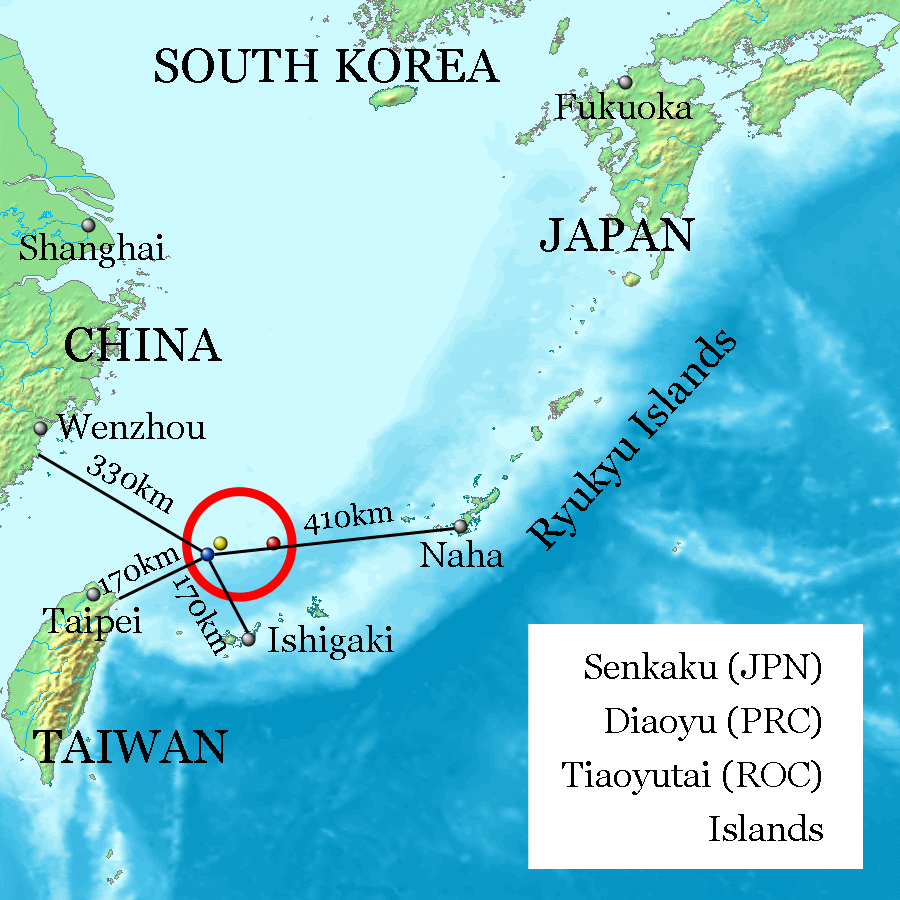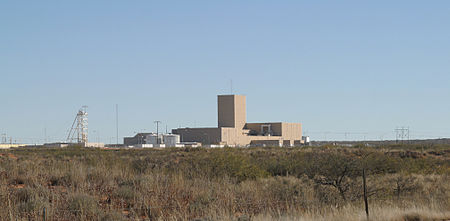I recently put up a blog post about the accidental release of radiation at the at the Waste Isolation Pilot Plant (WIPP) near Carlsbad, New Mexico. The cause of the radiation release is still under investigation. The repository is a half-mile underground in a ancient deposit of salt and has been in use for fifteen years for the permanent storage of plutonium-contaminated waste generated by the U.S. nuclear weapons program. A couple of weeks ago there was a “radiation event” which was signaled by the detection of radiation in the air filtration system at the repository. Thirteen workers were potentially exposed to radiation from the waste and radioactive materials were detected up to more than a mile away from the repository.
The WIPP has been temporarily shut down while the investigation continues. WIPP has been taking contaminated waste such as tools, gloves, glasses and protective suits from nuclear labs in Idaho, South Carolina and New Mexico. Disposal of such waste is a serious problem for the U.S. nuclear weapons program. The Los Alamos nuclear laboratory has been ordered to remove almost four thousand barrels of such waste from its site before the end of June. Some of this waste was dug up from unsealed dumps around the site. The barrels containing the waste are stored outside in an unprotected area and they were threatened by wildfires recently. Shipments of these wastes to the WIPP have been halted and the clock is ticking.
There have been calls for the WIPP facility to be shut down permanently but the local and national authorities have assured the public that there has been no threat to public health or the environment. While they admit that there is a problem that needs to be dealt with, they confident that the cause of the “radiation event” will be found and that the safety systems currently in place at WIPP are sufficient to prevent any significant and dangerous release of radioactive materials. Unfortunately, the investigators have not been able to reenter the repository immediately because of the levels of radiation that have been detected.
There has been a push in the recent past to actually expand the WIPP repository to be able to deal with more radioactive waste. The recent “radiation event” has already been seized upon by critics of the WIPP as proof that a culture of complacency has developed at the WIPP and the operators and supports have been overconfident about the safety of the site. This claim has been strenuously rejected by the operators of the site.
Here in Washington State at the Hanford Nuclear Reservation, the U.S. Department of Energy has been struggling with the disposal of waste from decades of nuclear weapons development. Tanks of dangerous waste are leaking into the ground and construction of a vitification plant that was suppose to trap the waste in glass logs and facilitate permanent disposal has been halted because of design problems. The situation at the WIPP is not just a local problem for the people in the area. It is a national problem that must be solved as efforts to dispose of these nuclear wastes proceed.






